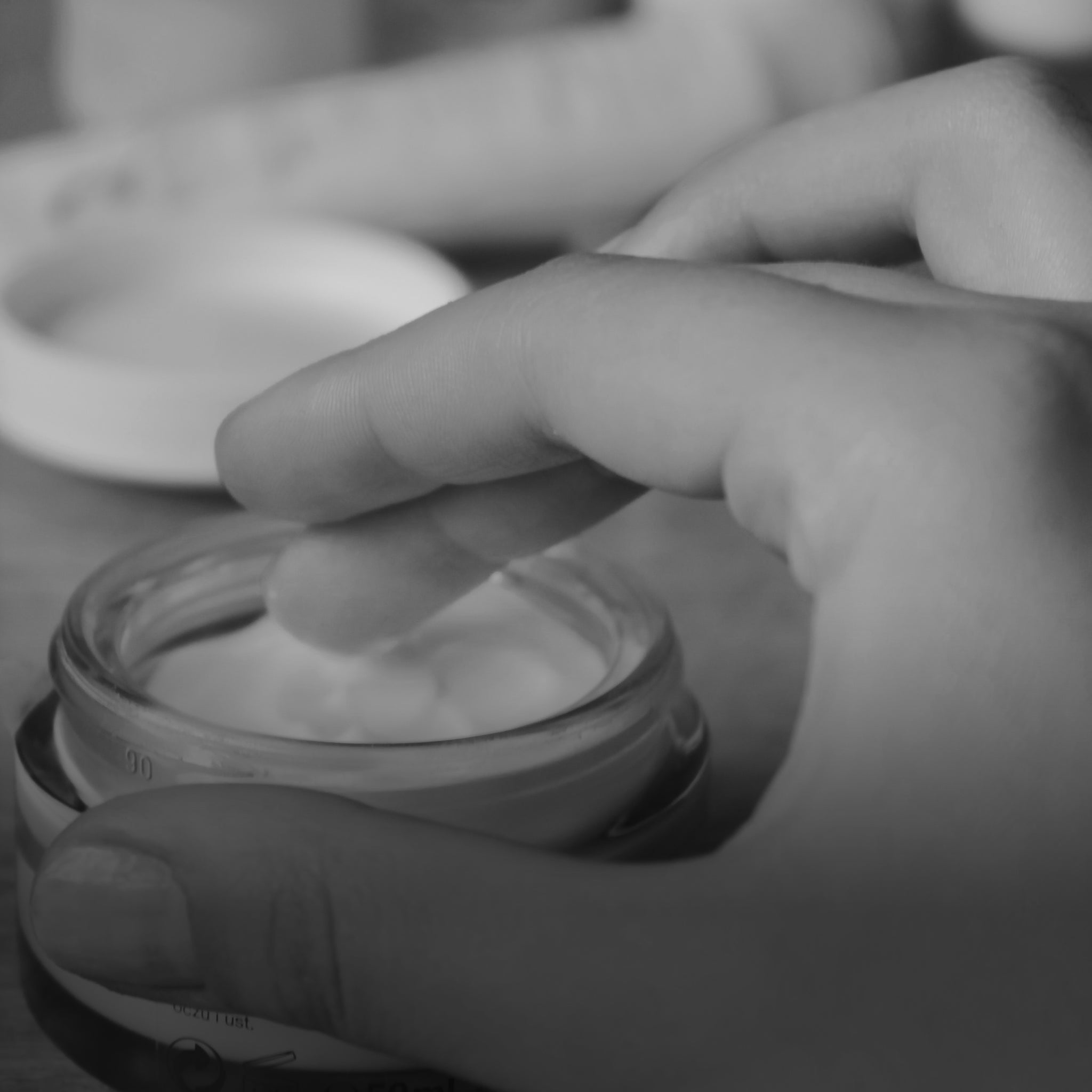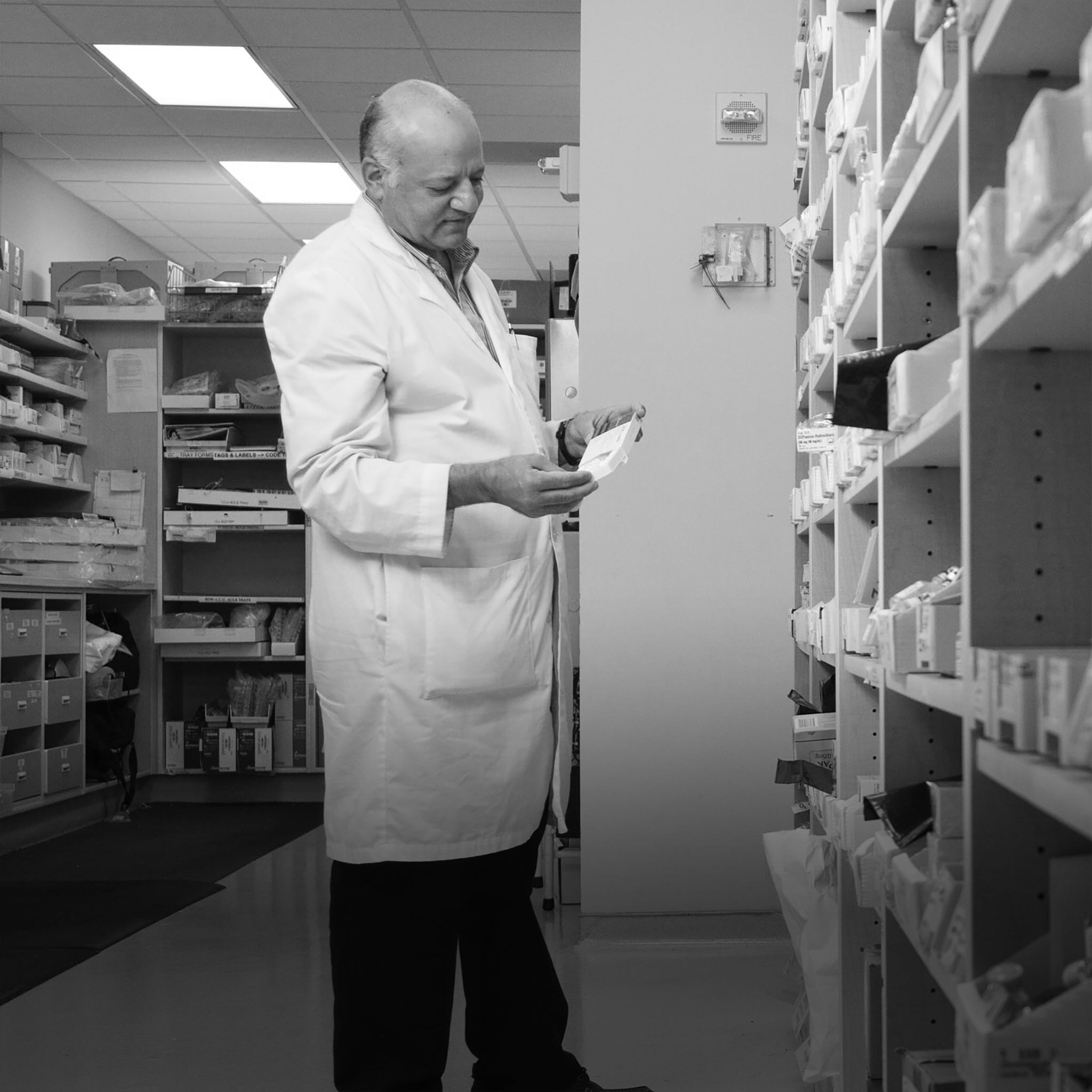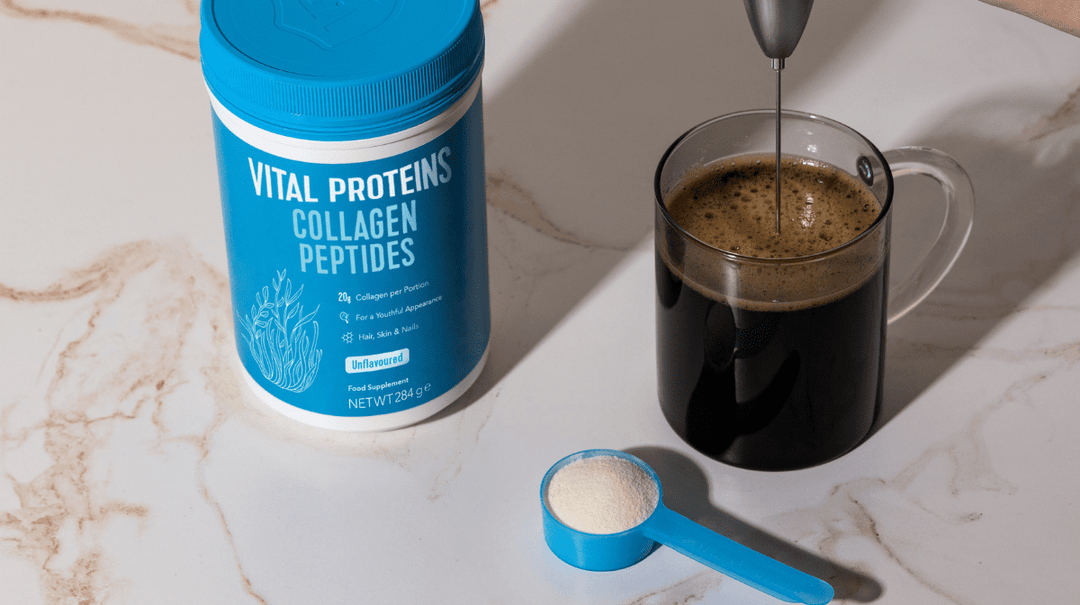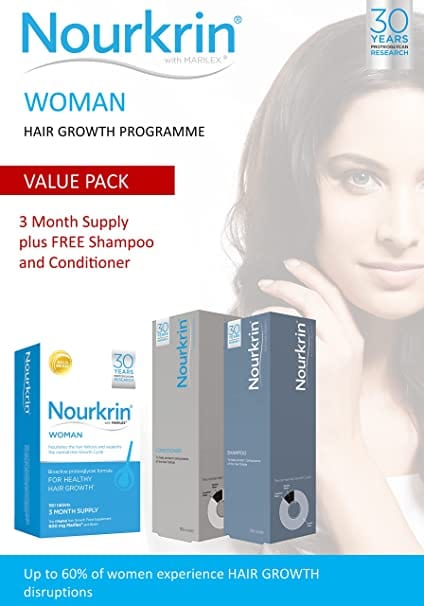Transform Your Skin: The Best Brightening Skincare Products to Try
If your skin is looking dull, uneven, or tired, you’re not alone. Environmental stress, sun exposure, hormonal changes, and aging can all lead to hyperpigmentation, dark spots, and loss of radiance. Fortunately, the right brightening skincare products can help you reclaim a luminous glow and even-toned complexion.
A carefully formulated range of brightening skincare products can restore a light, radiant complexion by targeting dullness and supporting skin illumination.

Introduction to Skin Care
-
Skin care is essential for achieving a brighter, healthier complexion and reducing the appearance of dark spots and discoloration.
-
A good skin care routine can help improve skin texture, reduce wrinkles, and give you a glowing skin.
-
Using the right skincare products, such as those containing vitamin C, can help brighten your skin and even out your skin tone.
-
Efficient brightening skincare routines or products can deliver visible results with minimal effort, making it easier to achieve your desired complexion.
-
Exfoliating and using products with alpha arbutin can also help reduce pigmentation and hyperpigmentation.
-
A consistent skin care routine can help you achieve a luminous glow and a brighter complexion.

Understanding Skin Types and Concerns
-
Different skin types, such as sensitive skin, acne-prone skin, and dry skin, require different skin care approaches to achieve a healthy glow.
-
Understanding your skin type and concerns, such as dull skin or skin with dark spots, can help you choose the right skincare products.
-
Sensitive skin requires gentle products to avoid irritation and breakouts, while acne-prone skin needs products that can help reduce acne and prevent scarring.
-
Using products with natural ingredients, such as kojic acid or azelaic acid, can help reduce melanin production and prevent discoloration.
-
Identifying your skin concerns, such as hyperpigmentation or uneven skin tone, can help you find the right skin brightening products.
Prioritizing your skin health and choosing products supported by scientific research ensures safe and effective skincare practices that promote overall wellness.
Key Ingredients for Brightening
-
Vitamin C is a key ingredient for brightening, as it helps reduce melanin production and prevent sun damage.
-
Alpha arbutin is another effective ingredient for reducing pigmentation and hyperpigmentation, giving you a brighter complexion.
-
Exfoliating acids, such as glycolic acid, can help remove dead skin cells and improve cell turnover, revealing smoother, brighter skin.
-
Natural ingredients, such as niacinamide and vitamin E, can help improve skin texture and reduce the appearance of fine lines and wrinkles.
-
Antioxidants, such as ferulic acid, can help protect the skin from environmental stressors and promote a healthy, glowing skin.
The formula of a brightening product, which combines these active ingredients, is essential for delivering visible and effective results for different skin types.
Choosing the Right Products
-
When choosing skincare products, look for those that contain ingredients that address your specific skin concerns, such as dark spots or acne. Consider products that are specifically formulated to reduce dark spots for a more even complexion.
-
Consider your skin type and choose products that are suitable for your skin, whether it’s sensitive skin, dry skin, or oily skin.
-
Read reviews and do research to find the best skin brightening products for your skin type and concerns, and look for products with SPF to protect your skin from sun damage.
-
Be aware of potential irritants, such as hydroquinone, and opt for natural ingredients instead, to achieve a healthy, radiant glow.
-
Consult with a dermatologist or skincare professional to get personalized recommendations for your skin, and to find the best products for your skin care routine.
Maintaining Healthy Skin
-
Maintaining healthy skin requires a consistent skin care routine, including cleansing, exfoliating, and moisturizing, to achieve a brighter, healthier complexion. Caring for the skin's surface through regular exfoliation helps remove dead cells and reveal brighter, smoother skin.
-
Protect your skin from sun damage by using products with SPF and wearing protective clothing, to prevent dark spots and discoloration.
-
Stay hydrated by drinking plenty of water and using hydrating products, such as creams or serums, to keep your skin healthy and glowing.
-
Get enough sleep and manage stress to help your skin regenerate and repair itself, and to reduce the appearance of fine lines and wrinkles.
-
Be patient and give your skin time to respond to new products and routines, and don’t be afraid to try new products or adjust your routine as needed, to achieve the best results for your skin.
Dark Spots
Dark spots, also known as hyperpigmentation, are patches of skin that appear darker than the surrounding area. They're usually harmless but can be frustrating—especially when they linger long after acne, sun exposure, or inflammation, leading to discoloration .
What Causes Dark Spots?
Dark spots are caused by an overproduction of melanin, the pigment that gives skin its color, due to increased pigment production . Common triggers include:
-
Sun exposure (sunspots or age spots)
-
Acne (post-inflammatory hyperpigmentation)
-
Hormonal changes (melasma)
-
Skin injuries or irritation
-
Side effects from certain medications
Key Tips for Treating Dark Spots
-
Be patient: Fading can take 4–12 weeks depending on severity.
-
Use SPF daily: Sun exposure can make dark spots worse.
-
Don’t pick at pimples or scabs: This increases the risk of dark marks.
-
Layer products correctly: Lightweight serums go first, heavier creams last.
What Is Dull Skin?
Dull skin is characterized by:
-
A flat or lackluster appearance
-
Uneven texture or tone
-
Roughness, dryness, or ashy look
-
Sometimes accompanied by flakiness or enlarged pores
Common Causes of Dull Skin
-
Dead skin cell buildup (from lack of exfoliation)
-
Dehydration (skin looks dry and tired)
-
Poor circulation (often from lack of sleep or exercise)
-
Sun damage (long-term exposure leads to pigment changes and roughness)
-
Pollution & oxidative stress
-
Lifestyle factors like smoking, poor diet, and lack of sleep
What Is Skin Brightening?
Skin brightening focuses on the many benefits it can offer :
-
Reducing hyperpigmentation (dark spots, melasma, acne scars)
-
Enhancing radiance by smoothing texture
-
Evening out skin tone
-
Giving your skin a naturally glowy, fresh look
What Causes Acne-Prone Skin?
Acne-prone skin is often triggered by various factors, including blemishes and hormonal changes :
-
Excess oil (sebum) production
-
Clogged pores (dead skin, makeup, pollution)
-
Bacteria (C. acnes) buildup
-
Hormonal fluctuations
-
Inflammation and stress
-
Genetics and poor skin habits
Acne-Prone Skincare Routine (Simple & Effective)
Morning:
-
Gentle cleanser (gel-based, non-stripping)
-
Niacinamide serum
-
Oil-free moisturizer
-
Broad-spectrum sunscreen (SPF 30+)
Evening:
-
Cleanser
-
Salicylic acid toner or gel (2–3x/week)
-
Retinoid (like Differin/Adapalene)
-
Moisturizer
What Is Glowing Skin?
Glowing skin typically means achieving a lit from within glow :
-
Smooth, even texture
-
A natural radiance (not oiliness)
-
Hydrated, plump skin
-
Healthy color without dullness or dark patches
Glow-Boosting Extras
-
Face massage or gua sha for lymphatic drainage
-
Face mists with rose water or aloe
-
Weekly hydrating masks
Top Skin Brightening Products to Boost Your Glow
Whether you're dealing with dullness, dark spots, or uneven skin tone, the right skin brightening products can help restore a radiant, luminous complexion. These products target pigmentation, enhance skin clarity, and promote an even-toned, healthy look—without altering your natural skin color.
Top Skin Brightening Ingredients to Look For:
|
Ingredient |
Benefits |
|
Vitamin C |
Brightens, evens tone, antioxidant protection |
|
Niacinamide |
Reduces dark spots and redness, strengthens skin barrier |
|
Alpha Arbutin |
Fades hyperpigmentation, gentle for daily use; a natural ingredient derived from plants |
|
Licorice Root |
Calms inflammation, naturally lightens dark spots |
|
Kojic Acid |
Helps with melasma, age spots |
|
Glycolic/Lactic Acid |
Gently exfoliates to reveal glowing skin |
|
Tranexamic Acid |
Targets stubborn pigmentation and melasma |
What Causes Dry Skin?
-
Cold or dry weather
-
Harsh soaps or over-cleansing
-
Hot showers
-
Aging (skin produces less oil)
-
Medical conditions (eczema, psoriasis, thyroid issues)
-
Dehydration or poor diet
Top Product Picks for Dry Skin
Cleansers:
-
CeraVe Hydrating Cleanser
-
La Roche-Posay Toleriane Hydrating Gentle Cleanser
Serums:
-
The Ordinary Hyaluronic Acid 2% + B5
-
Vichy Mineral 89 Serum
Moisturizers:
-
CeraVe Moisturizing Cream
-
First Aid Beauty Ultra Repair Cream
-
Aveeno Calm + Restore Oat Gel Moisturizer
Sunscreens:
-
EltaMD UV Daily SPF 40 (with hyaluronic acid)
-
La Roche-Posay Anthelios Melt-in Milk SPF 60
What Is Azelaic Acid?
Azelaic acid is a naturally occurring acid found in grains like barley, wheat, and rye, and is also produced by the yeast that lives on your skin. It’s available in both prescription-strength (15–20%) and over-the-counter (typically 10%) formulas.
How to Use Azelaic Acid in Your Routine
-
Use 1–2x daily, depending on concentration and tolerance
-
Apply after cleansing and toning, before moisturizer
-
Can be used with niacinamide, hyaluronic acid, and most moisturizers
-
Avoid layering directly with strong acids (AHAs/BHAs) or retinoids unless advised by a professional
Potential Side Effects
-
Mild tingling or dryness when first introduced
-
Start slowly (2–3x/week), then build up to daily use
-
Always apply SPF during the day—azelaic acid makes skin more sensitive to the sun
What Is Kojic Acid?
Kojic acid is a natural byproduct of fermentation, especially from rice during the sake brewing process. It works by inhibiting tyrosinase, an enzyme responsible for melanin production. Less melanin = brighter skin and fewer dark spots.
How to Use Kojic Acid Safely
-
Use once a day, preferably in your nighttime routine
-
Apply after cleansing and before moisturizer
-
Start slowly (2–3x/week), especially if you have sensitive skin
-
Always follow with a broad-spectrum sunscreen (SPF 30+) in the morning
Who Should Use Kojic Acid?
Kojic acid is great for:
-
Those with melasma, post-inflammatory hyperpigmentation (PIH)
-
People with dull skin or uneven tone
-
Anyone targeting sun damage or dark scars
Not ideal for:
-
Extremely sensitive or eczema-prone skin (use with caution)
What Is Alpha Arbutin?
Alpha arbutin is a water-soluble derivative of hydroquinone extracted from plants like bearberry, cranberry, or pear. It works by inhibiting tyrosinase, the enzyme responsible for melanin production, which reduces the appearance of dark spots, especially when combined with exfoliating acids :
-
Dark spots
-
Sun damage
-
Post-acne marks
-
Uneven skin tone
-
Melasma
✅ It’s safer and more stable than hydroquinone and suitable for most skin types, including sensitive skin.
A holistic beauty routine can also include caring for hair health alongside skin brightening.
How to Use Alpha Arbutin
-
When: Use 1–2x daily (morning and/or night)
-
Where: Apply to clean skin, after toner and before moisturizer
-
How: Use 2–3 drops if using a serum; gently pat in
-
Always follow with SPF during the day to prevent further pigmentation
Possible Side Effects
Alpha arbutin is very well tolerated. However:
-
Always patch test new products
-
Rarely, mild irritation may occur when overused or layered with strong actives
-
Results take 4–8 weeks with consistent use
Final Thought
Brighter skin isn't just about one magic product—it's about consistency, hydration protection, and the right mix of ingredients. Start slow, patch test new products, and remember: glow takes time. With a solid routine and the right tools, you can transform your skin’s tone, texture, and radiance.
FAQs
1. What causes dull or uneven skin tone?
Answer:
Dull or uneven skin can be caused by:
-
Sun damage (UV exposure)
-
Dead skin cell buildup
-
Hyperpigmentation from acne or inflammation
-
Dehydration or lack of exfoliation
-
Environmental stress and aging
2. How long does it take to see results from brightening products?
Answer:
It usually takes 4 to 8 weeks of consistent use to see noticeable improvements in brightness and tone. Products like vitamin C, niacinamide, and alpha arbutin work gradually over time.
3. Can I use more than one brightening ingredient at a time?
Answer:
Yes, many brightening ingredients can be layered—with caution. A good example:
-
Morning: Vitamin C + SPF
-
Night: Niacinamide + Alpha Arbutin
Avoid using multiple strong acids or retinoids together unless advised by a dermatologist.
4. Do I still need sunscreen if I’m using brightening products at night?
Answer:
Absolutely. Brightening products can make your skin more sensitive to UV rays. Daily use of a broad-spectrum sunscreen (SPF 30 or higher) is essential to prevent new dark spots from forming and to protect your results.
5. Are brightening products safe for sensitive skin?
Answer:
Many are, but start with gentle ingredients like niacinamide, alpha arbutin, or licorice root extract. Always patch test new products and introduce them slowly. Avoid high concentrations of acids or retinoids if you have sensitive or reactive skin, especially before applying makeup .

















